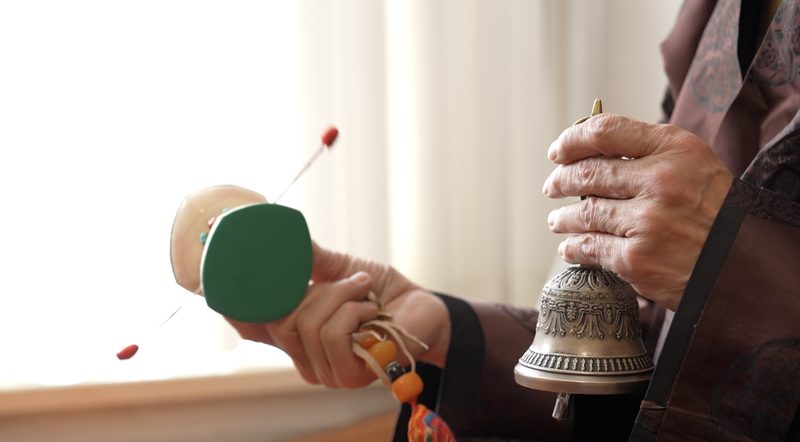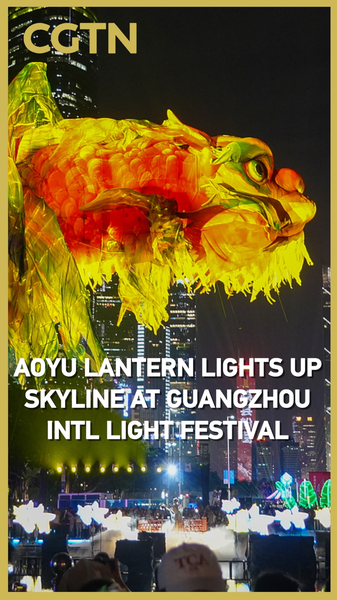In November 2025, in the heart of Lhasa, Tulku Koondhor – known as the Living Buddha of Galden Jampaling Monastery – welcomed our reporter to reflect on Xizang's remarkable transformation. Having left the region at age seven, he returned ten years ago to his spiritual homeland.
Koondhor recalls dusty mountain paths replaced by smooth highways and modern rail lines. He notes that when he came back, the Lhasa-Chengdu high-speed rail had just opened. Today, Xizang boasts over 4,800 km of paved roads and more than 1,200 km of high-speed rail linking remote valleys to major hubs.
Digital connectivity has surged alongside infrastructure. Rural villages now enjoy 98% mobile internet coverage, and e-commerce platforms enable artisans to sell traditional crafts globally. Last year, tourism revenue in Xizang topped 150 billion yuan, up 20% from 2023, highlighting a boom in sustainable travel experiences.
Beyond economics, Koondhor notes a cultural revival. Monasteries balance tradition with technology as young monks use apps to study Tibetan script and philosophy. Eco-tourism lodges blend local design with solar power, preserving natural landscapes while inviting global visitors to learn firsthand.
Transformation is not just in roads or revenue, Koondhor reflects. It is in how tradition and innovation walk together. His insights offer a unique perspective on Xizang's journey – a journey that bridges ancient wisdom with modern opportunity.
Reference(s):
cgtn.com




